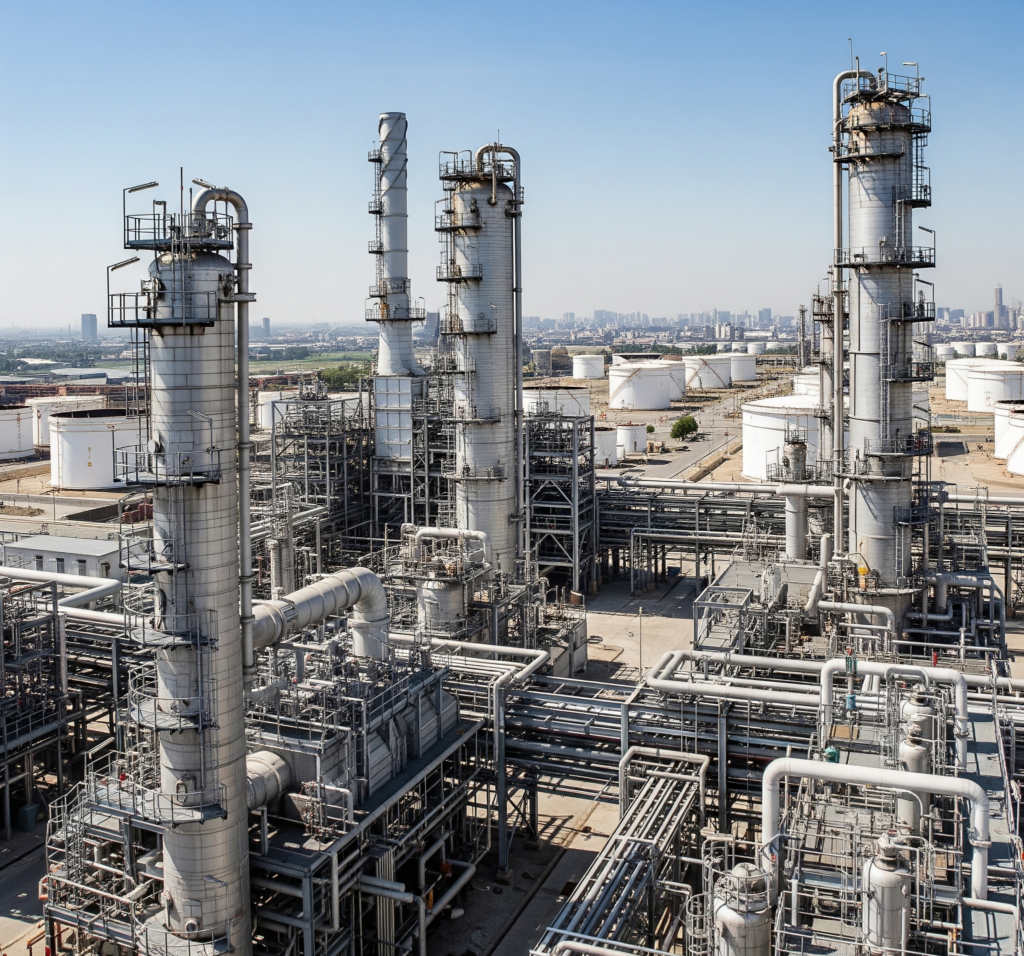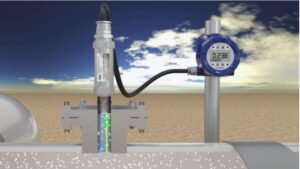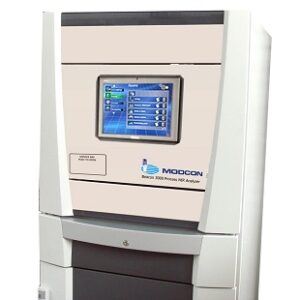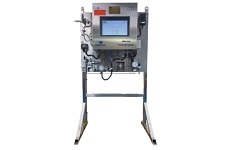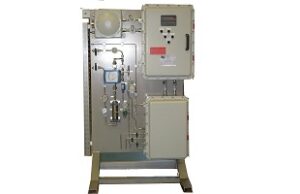Refinery
Petroleum Industry
The petroleum industry, from upstream exploration and production to midstream transportation and downstream refining, is a cornerstone of the global economy. Operating in a highly competitive and regulated environment, petroleum companies constantly strive for maximum efficiency, consistent product quality, and unwavering safety. In this pursuit, Process Near-Infrared (NIR) Analyzers have emerged as a transformative technology, offering unparalleled real-time analytical capabilities that are reshaping how petroleum operations are monitored and optimized. measurements of physical properties and chemical composition are an indisputable requirement.
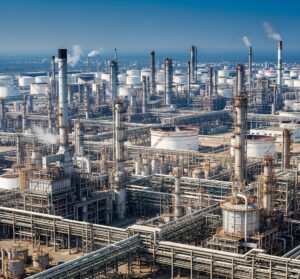 The Critical Role of Process NIR Analysis Across the Petroleum Value Chain:
The Critical Role of Process NIR Analysis Across the Petroleum Value Chain:
NIR spectroscopy leverages the interaction of near-infrared light with chemical bonds (primarily C-H, O-H, N-H, and S-H) to provide a unique “fingerprint” of a substance’s chemical composition and physical properties. This makes it exceptionally well-suited for a wide range of applications throughout the entire petroleum lifecycle:
- Upstream (Exploration & Production):
 Crude Oil Characterization: Rapidly analyze crude oil at the wellhead or gathering facilities for key properties like API gravity, sulfur content, viscosity, and water content. This early characterization helps optimize separation processes, pipeline scheduling, and downstream refinery planning.
Crude Oil Characterization: Rapidly analyze crude oil at the wellhead or gathering facilities for key properties like API gravity, sulfur content, viscosity, and water content. This early characterization helps optimize separation processes, pipeline scheduling, and downstream refinery planning.
Produced Water Monitoring: Monitor the composition of produced water for hydrocarbon content to ensure effective separation and compliance with environmental discharge regulations.
Reservoir Monitoring: Gain insights into fluid properties during enhanced oil recovery (EOR) operations.
- Midstream (Transportation & Storage):
Pipeline Quality Control: Continuously monitor the quality of crude oil and refined products in pipelines to prevent contamination, detect interfaces between different product batches, and ensure on-spec delivery.
Storage Tank Monitoring: Verify the quality and stability of products in storage tanks, preventing degradation and ensuring proper inventory management.
Custody Transfer Verification: Rapidly confirm the quality of fuels and crude oil during custody transfer points, reducing disputes and ensuring accurate billing.
- Downstream (Refining & Petrochemicals – emphasis on fuels):
Crude Distillation Units (CDU/VDU): Monitor key cuts like naphtha, kerosene, diesel, and gas oil for properties such as boiling points (initial, 10%, 90%, FBP), flash point, density, and sulfur content. This allows for optimized cut points, maximized yields, and reduced energy consumption.
Reforming & Isomerization: Continuously measure octane numbers (RON, MON), aromatics, and other critical components in gasoline blending streams. Optimize reformer severity for maximum octane yield or hydrogen production, and ensure isomerate quality.
ensure isomerate quality.
Hydrotreating & Desulfurization:
Monitor sulfur content in gasoline, diesel, and other fuel streams in real-time, ensuring compliance with increasingly stringent environmental regulations and optimizing catalyst performance.
Blending Operations:
The most impactful application. Precisely control the blending of various components for gasoline, diesel, jet fuel, and other products. NIR simultaneously measures multiple parameters (e.g., RON, MON, vapor pressure (RVP), distillation points, density, aromatics, oxygenates, cloud point, cetane number) in real-time, eliminating costly re-blends and ensuring every batch is on-spec.
Fuel Quality Certification: Verify the final product quality against international standards (e.g., ASTM, EN) before dispatch.
Catalytic Cracking (FCC): Monitor feed quality and product properties like gasoline yield, octane, and olefin content, optimizing unit performance.
The Unmatched Advantages of Process NIR Analyzers in the Petroleum Industry:
• Speed and Real-time Data: Unlike traditional laboratory methods that can take minutes to hours, NIR analyzers provide results in seconds. This true real-time insight enables immediate adjustments to process parameters, preventing costly deviations, optimizing yields, and maximizing throughput.
• Non-Destructive Analysis: NIR measurements are non-invasive and non-destructive. The sample remains unaltered and can be returned to the process, eliminating waste and the need for dedicated sample disposal.
• Minimal to No Sample Preparation: Most liquid petroleum samples can be analyzed directly in the process stream, eliminating time-consuming, labor-intensive, and often hazardous manual sample collection and preparation steps.
• Multi-Component Analysis: A single NIR analyzer can simultaneously measure a wide array of critical physical and chemical properties in one rapid scan. This significantly reduces the need for multiple, individual analytical instruments, simplifying system design and maintenance.
• Significant Cost Savings: Reduced laboratory workload, minimized re-work, optimized yields, lower energy consumption, and less off-spec product translate into substantial financial savings and improved profitability.
• Enhanced Safety: With fiber optic probes, the spectrometer can be safely located in a control room or non-hazardous area, while only a robust, intrinsically safe probe is deployed directly in the hazardous process stream. This greatly reduces personnel exposure to dangerous materials and environments.
• Robust and Reliable Design: Engineered for the demanding conditions of petroleum facilities, our process NIR analyzers are built to withstand varying temperatures, pressures, and vibrations, ensuring long-term stability, accuracy, and minimal maintenance.
• ASTM Compliance & Industry Acceptance: Many NIR applications in petroleum refining are supported by established ASTM methodologies (e.g., ASTM D6122, D6277, D6299, D6978, D7548), providing recognized validation for their use in critical quality control and process optimization.
